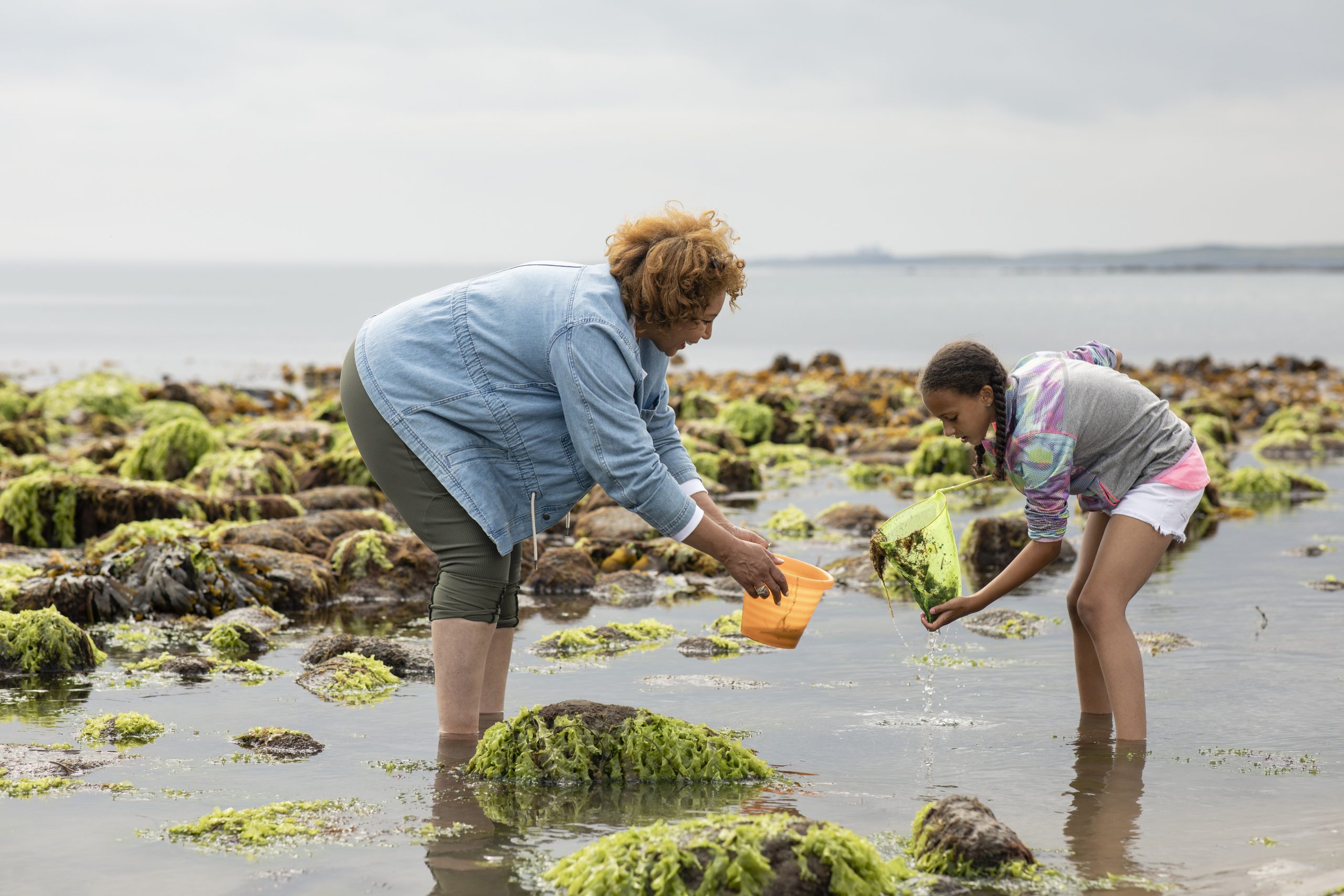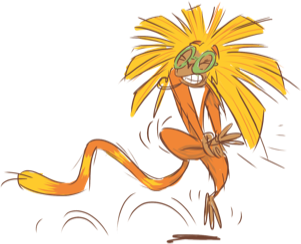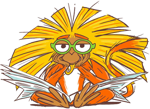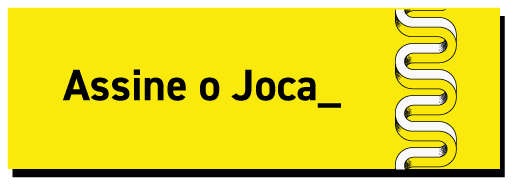Edições Impressas
14 de fevereiro de 2025
Did you know that… Beach animals – Level 3
Article published on Joca 235

…beaches and their surrounding areas are home to almost all animal phyla?
For example, the biodiversity of beaches includes: sponges on reefs and rocks; jellyfish and corals along the shore; molluscs such as mussels and snails on sand and rocks; arthropods such as crabs and invertebrates on dunes; echinoderms such as starfish and urchins in shallow waters; as well as chordates like dolphins and birds.
…the sand dollar has a cookie-like body?
This fascinating animal has thousands of tiny spines that help it move around on the seabed. Additionally, these spines help them feed by capturing sand particles and bringing them to their mouth.
…the “borrachudo” bite is in fact a wound?
“Borrachudos” live in places where there is running water, such as beaches and waterfalls, which is why they are easy to find along the coast. Even though they are tiny, their bite is a lot itchier than that of a mosquito. This is because it creates a wound on the victim’s skin so it may feed on the blood, while mosquitoes possess a thin “trunk” to suck in the food.
…the Portuguese man of war is not a jellyfish?
Even though it causes painful burns like jellyfish and looks similar to them, the Portuguese man of war is a group of four different organisms, each with their own function: the air bag keeps it afloat, the tentacles capture prey, the gastrozooids digest food, and the gonozooids are in charge of reproduction.
Source: Curiosidades de Ubatuba, Mundo Ecologia, Folha de S. Paulo, Ilhabela, Mega Curioso, and UOL
Glossary:
Phylum: one of the seven taxonomy categories used to classify organisms, which are arranged in the following order: species, genus, family, order, class, phylum, and kingdom.
Ixi! Você bateu no paywall!
Ainda não é assinante? Assine agora e tenha acesso ilimitado ao conteúdo do Joca.











Você precisa fazer o login para publicar um comentário.